Jared Pisapia
Valhalla, NY
Maria Fareri Children’s Hospital at Westchester Medical Center

About
Assistant Professor of Neurosurgery
Maria Fareri Children’s Hospital at Westchester Medical Center
Jared Pisapia, MD, MTR, is an attending neurosurgeon at Maria Fareri Children’s Hospital at Westchester Medical Center. He is board certified in both pediatric and adult neurosurgery.
Dr. Pisapia has a broad interest in all areas of pediatric neurosurgery with a particular focus on pediatric tumors of the brain and spine, hydrocephalus, Chiari malformations, and congenital and traumatic spine disorders. He also treats pediatric and adult patients with peripheral nerve injuries and disorders, including neonatal brachial plexus injury, and peripheral nerve lesions, such as nerve sheath tumors.
Raised in Staten Island, New York, Dr. Pisapia received his Bachelor of Arts, Master’s Degree, and Medical Degree from the University of Pennsylvania. He completed neurosurgery residency at the Hospital of the University of Pennsylvania. Dr. Pisapia pursued fellowship training in pediatric neurosurgery at the Children’s Hospital of Philadelphia with a focus on neuro-oncology. He completed additional fellowship training in peripheral nerve surgery at the University of Pennsylvania and Shriners Hospitals for Children in Philadelphia.
Dr. Pisapia is privileged to provide care for pediatric patients. As a father, he deeply appreciates the trust bestowed on a surgeon to operate on a child, and he approaches this responsibility with the utmost respect and care. He prides himself on explaining difficult concepts to patients and families in easy-to-understand terms and offers the most up-to-date and minimally invasive techniques, such as endoscopic approaches, stereotaxis, and laser ablation, on an individualized basis. He is dedicated to a multidisciplinary and compassionate approach to care to ensure the best possible outcome for his patients.
Dr. Pisapia’s research interests involve applying image analysis and machine learning techniques to non-invasively predict neurosurgical patient outcomes or disease characteristics, such as the growth of brain tumors or the need for shunt surgery in patients at risk of developing hydrocephalus. In addition, he works to develop devices to better treat hydrocephalus, including a patented handheld device that uses ultrasound energy to break up clots within tubes. Dr. Pisapia has secured grant funding from various sources, including the National Institutes of Health and Pediatric Hydrocephalus Society, and he has published his findings in multiple peer-reviewed publications, such as NeuroOncology and JAMA Pediatrics.
Expertise
Clinical Research, Neurosurgery

Maria Fareri Children’s Hospital at Westchester Medical Center
research
Interests
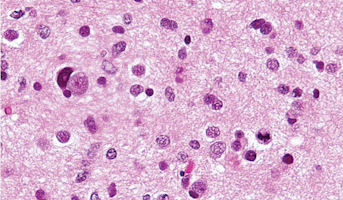
High-Grade Glioma
High-grade Gliomas (HGG) or astrocytomas in children nearly always result in a dismal prognosis. Although novel therapeutic approaches are currently in development, preclinical testing has been limited, due to a lack of pediatric-specific HGG preclinical models. These models are needed to help test
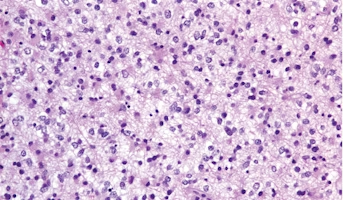
Low-Grade Glioma
Low-Grade Gliomas also called astrocytomas are the most common cancer of the central nervous system in children. They represent a heterogeneous group of tumors that can be discovered anywhere within the brain or spinal cord. Although surgical resection may be curative, up to 20% of children still su
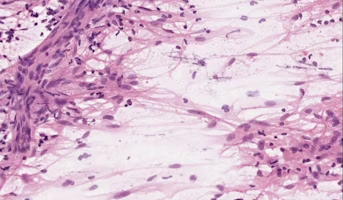
Meningioma
A meningioma is a primary central nervous system (CNS) tumor. This means it begins in the brain or spinal cord. Overall, meningiomas are the most common type of primary brain tumor. However, higher grade meningiomas are very rare.
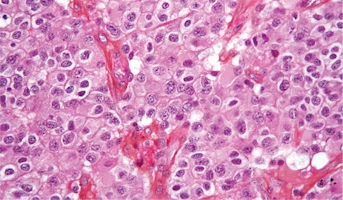
Oligodendroglioma
Oligodendroglioma is a primary central nervous system (CNS) tumor. This means it begins in the brain or spinal cord.Oligodendrogliomas are grouped in two grades based on their characteristics.Grade II oligodendrogliomas are low grade tumors. This means the tumor cells grow slowly and invade nearby n
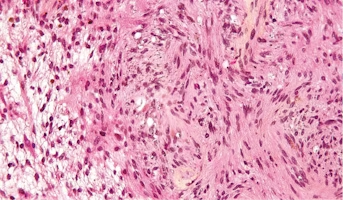
Schwannoma
Schwannoma is a rare type of tumor that forms in the nervous system. Schwannoma grows from cells called Schwann cells. Schwann cells protect and support the nerve cells of the nervous system. Schwannoma tumors are often benign, which means they are not cancer. But, in rare cases, they can become can

Germinoma
Germinomas are the most common type of CNS germ cell tumor and have a good prognosis.Germ cells are special types of cells that are present as the fetus (unborn baby) develops. These cells usually become sperm in the testicles or unfertilized eggs in the ovaries as the child matures. Most germ cell
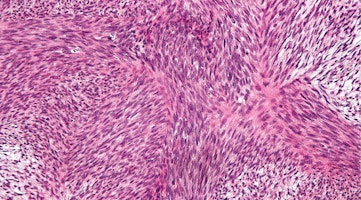
Malignant Peripheral Nerve Sheath Tumors
Malignant Peripheral Nerve Sheath Tumor, or MPNST, is a cancer of the cells that form the sheath that covers and protects peripheral nerves. Peripheral nerves are those outside of the central nervous system (brain and spinal cord). MPNST is a type of sarcoma. This cancer grows in the soft tissues of
Cavernoma
A Cavernoma is a cluster of abnormal blood vessels, usually found in the brain and spinal cord. They're sometimes known as cavernous angiomas, cavernous hemangiomas, or cerebral cavernous malformation (CCM).(Source: NCI)